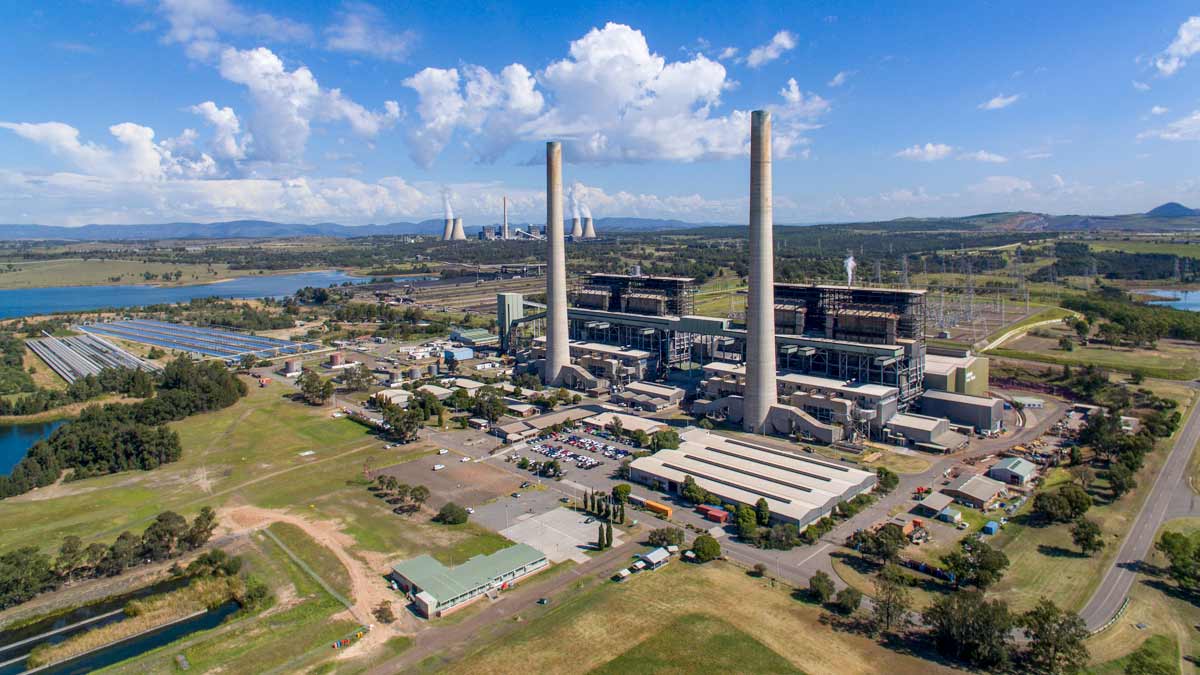AGL Energy has taken the first major step towards the full retirement of the Liddell coal fired power station, announcing the closure of the first of four of the power station’s generator units.
AGL announced on Friday it had closed the first 500MW coal fired unit at the power station, as it moves to wind down the entire facility over the next 12-months.
It is a major milestone for one of Australia’s oldest power stations and another nail in the coffin for coal fired generators, which have seen their reliability diminished with age and their financial viability eroded by the emergence of lower cost renewable energy supplies.
AGL’s chief operating officer, Markus Brokhof, recognised the closure as a significant step for AGL and the Liddell power station and said it formed part of its broader efforts toward the decarbonisation of its generation portfolio.
“We announced the retirement of Liddell in 2015 and seven years later we are pleased to be in a position to begin the orderly and responsible closure and transition of the power station in line with our climate commitments,” Brokhof said.
“As the power station nears the end of its technical life, we are focused on ensuring it continues to operate safely for our people while providing power reliably.”
“The transition of the Liddell site into the Hunter Energy Hub will continue to take shape between now and the site’s full closure next year. We are excited about our clean energy plans in the Hunter region, including grid-scale battery, solar thermal storage, wind, hydrogen and pumped hydro projects,” Brokhof added.
AGL has previously announced plans to construct a new 500MW/2,000MWh big battery at the site of the Liddell power station, providing a new source of dispatchable power and allowing the company to reuse the grid connection infrastructure at the site.
The company has also signed a memorandum of understanding with Fortescue Future Industries to develop a renewable hydrogen production facility as part of a broader Hunter Energy Hub that includes a new hydroelectric power station at Bells Mountain.
The 2,000MW Liddell power station was commissioned in 1971 and funded by the NSW Government, making it one of the oldest power stations still operating within the national electricity market.
Brokhof said that AGL recognised the role the power station had played in the New South Wales energy system and that it had been a significant source of employment in the Hunter Region, adding that AGL was committed to remaining engaged in the region and building the replacement infrastructure.
“We’re committed to seeing this site continue its legacy as the backbone of the NSW electricity grid as we repurpose the infrastructure to continue delivering energy through the next phase of its life,” Brokhof said.
“We recognise our responsibility extends beyond the safe operation of our assets and supply of energy. We will take the same high standard we have applied to operating Liddell to ensure we deliver the best practice demolition and rehabilitation.”
“Liddell has played a significant role in powering NSW for more than 50 years, but it has also been an important part of the Hunter Valley, supporting the community and providing jobs to thousands of people during its lifetime.”
“Many of our people at Liddell have dedicated their careers to delivering reliable energy to homes and businesses across Australia, and we are so grateful for their contribution.”
Liddell currently ranks as one of Australia’s top five largest power stations in terms of electricity output, and one of the top ten in terms of greenhouse gas emissions.
AGL said the the closure of the first unit would reduce greenhouse gas emissions by an equivalent of taking 400,000 cars off the road.
AGL first announced its intention to close the power station in 2015 – triggering an intense reaction from the then Turnbull government, which threatened to intervene to keep the power station operating.
Analysis of the ongoing viability of the power station found that keeping it operating beyond 2023 would be hugely expensive, with marginal improvements in the power station’s reliability.
In January, AGL announced that it would also bring forward the closures of its other coal fired generators, the Bayswater and Loy Yang A power stations, reflecting a broader trend across the energy system that is seeing an accelerated exit of coal fired generation as new, lower cost, renewables come online.
AGL is also progressing plans to split its company into two de-merged entities – a carbon-neutral AGL Australia, which will focus on the retail of electricity and the supply of green energy, and Accel Australia, which will retain the bulk of the company’s fossil fuel generators.
It has also been the target of a takeover off from tech billionaire Mike Cannon-Brookes and Canadian asset manager Brookfield, who wanted to stop the demerger plans and accelerate the closure of the remaining coal assets.
AGL rejected those offers and the two parties “put down their pens“, possibly pending the result of a shareholder vote.










